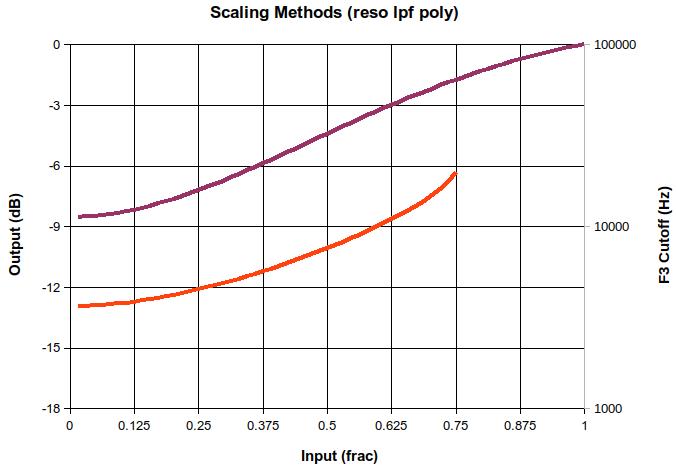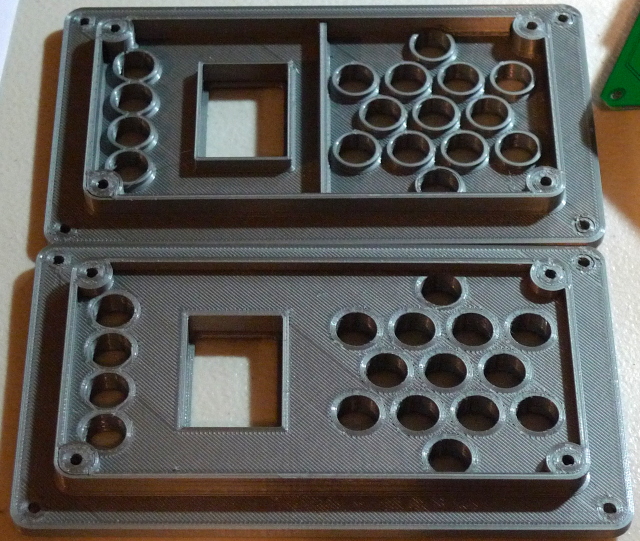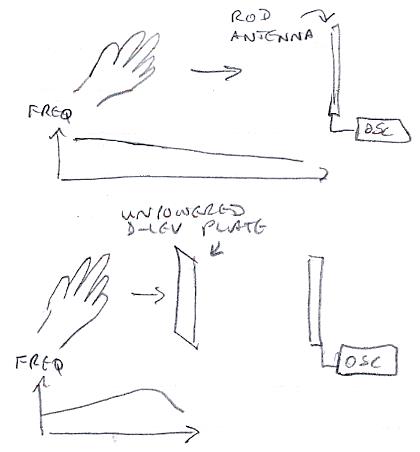Four Ears Good, Two Ears Bad
Roger raised the resonator "zing" issue and has been helping me tune the resonator internal low pass filter scaling. Which I feel is kinda done, at least for the time being. Here's the current solution I came up with yesterday and worked out through 20 or so test loads:

In the above graph, the purple line is that of the scaling polynomial:
0.375 + x^2 - (0.375 * x^4)
And the red line is the resulting -3dB cutoff point (F3). Note that the filter response is undefined above Nyquist, but it disappears before that because the attenuation is less than -3dB, but the filter continues to become more and more of a wire as the frequency input value (as produced by the polynomial) approaches 1.
This fourth order polynomial scales the inharmonic resonator "reso" raw knob value for use as the internal low pass filter corner frequency input. We want a sinusoid type response in the log domain which starts and ends rather horizontally. It doesn’t need much dynamic range because recirculation multiplies the attenuation, and there is a second explicit gain factor in the loop (also controlled by the "reso" knob, but exponentially). The low end flat region reduces feedforward "zing" and the high end flat-ish region allows full feedback for bells and such.
The second order term plus offset upwardly inflects the start, and subtracting the fourth order term inflects the end back down. Interestingly, changing the single polynomial coefficient used to both scale the fourth order term and offset the second order term alters the dynamic range while providing the same basic shape over much of it, so this could perhaps be used as an input “darkness” parameter if so desired. The value 0.375 establishes the minimum F3 as 3.66kHz, which is somewhat higher than I was expecting to finally set it, based on my earlier observations.
I also lowered the dynamic range of the explicit "reso" gain factor from 84dB to 72dB, which helps to center things up knob-wise and makes the response more even over the full range of frequency settings of the resonator.
This has been one of the more subjective / subtle of parameter scalings, and the dudes who design reverbs for a living and do it well have my full respect.
This exercise forced me to use Libre Office Calc a bit more, and it's really not all that bad, though it feels somewhat less tightly connected to mouse actions and such. It's so very nice that entirely viable options exist outside of Excel, and they're free!



 '
'